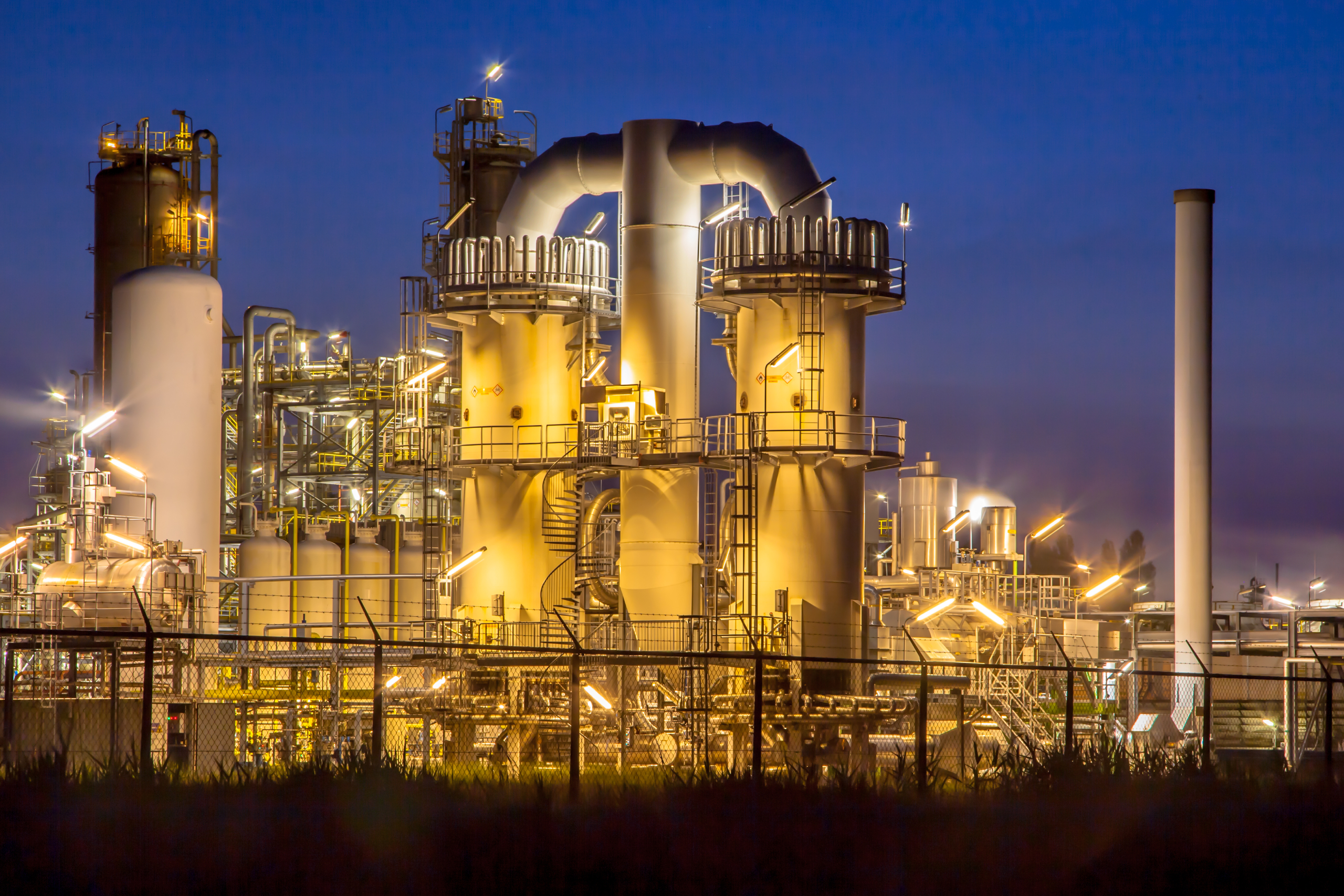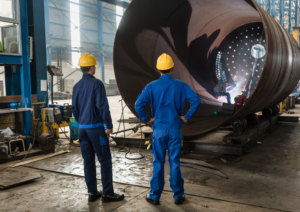Ranking 126th out of 142 countries globally in terms of CO2 emissions per dollar GDP, the words that come to mind when atttemping to describe Singapore’s carbon footprint would be “efficient” and “well-planned”. Considering that the island state only boasts a total square area of 728.6km2, this statistic is no mean feat. The country has long since been an example of infrastructural development advancement in South East Asia, and the same can be said about it integrates reusable energies as a way to reduce its reliance on fossil fuels.
Yet, upon closer examination of Singapore’s emission’s profile, it is clear to see that the largest contributor to the Little Red Dot’s carbon footprint comes from its industrial sector. This narrative plays out similarly across the world. – the chemical industry is the third largest source of direct CO2 emissions from industry worldwide, and contributesto about 6% of total greenhouse gas emissions. With around 45.1% of its emissions stemming from the industrial sector such as petrochemicals and refinement, Singapore’s pressing need to move towards a decarbonised industrial sector is crucial for the country’s growth.
Carbon Footprint Of Speciality Chemicals
A study conducted by the National University of Singapore found that Singapore contributed 78% of all carbon emissions in the specialty chemicals sector in 2019. While the researchers found that unsurprising, seeing as how Singapore is a manufacturing base for specialty chemicals, the implications of carbon emissions as a byproduct of process and energy use in the specialty chemicals sector poses concerns. If Singapore’s goals are to minimise its carbon footprint as a result of its petrochemicals and refinement sector, efforts to reach those goals do face significant roadblocks. Among these are the present technological and economical obstacles that stand in the way of “greening” the sector. These industries are heavily reliant on feedstocks that originate from fossil fuels, and as such cannot be easily substituted for low-carbon sources due to their unique nature and current industry constraints. Solutions to reducing environmental impacts of specialty chemicals must take on the form of policy and infrastracture.
In the case of policy, it was announced in 2019 that Singapore would be rolling out a progressive carbon tax scheme. Under this scheme, any pollution in excess of 25,000 tonnes by major organisations and entities alike would be subject to a 5 SGD per tonne tax. While the amount might not necessarily sound like a deterrent, the Singapore government has plans to gradually increase this tax which targets the petroleum refining, chemical and semiconcductor industries. The taxable amount is expected to triple by 2030 to 15 SGD per tonne of emissions. These steps towards forcing those responsible for CO2 emissions in the specialty chemicals sector to own up to their actions is an ideal way to push towards reducing the environmental impacts of Singapore’s industrial processes. Utilised in conjunction with the incorporation of international carbon credits announced in 2022, specialty chemical companies will have to balance their emissions with taxes and carbon offsetting.
Other suggestions to lower the carbon footprint of the specialty chemicals sector propose a decarbonisation of Singapore’s power grid to consequently lower emissions across the board. In the aforementioned study, researchers found that 11% of emissions from the specialty chemicals sector is derived from its excessive power consumption. By switching to renewable energy and taking the power grid off carbon reliance, this could be observed as a way to cut down on CO2 emissions within the specialty chemicals industry without having to overhaul the industry’s processes.
Plans For Rapid Decarbonisation
As it stands, there are already plans to accelerate decarbonisation in Singapore, with the Singaporean government awarding 55 million SGD to 12 projects under the Low-Carbon Energy Research Funding Initiative. These projects, each geared towards the development of low-carbon energy technology solutions, all feed into Singapore’s wider plan of Long-Term Low Emissions Strategy. Two key areas in which these projects are dedicated to studying are hydrogen, and carbon capturing, utilisation, and storage.
The former, designated as a versatile energy carrier that can be used to store and transport energy, is currently not cost-effective enough for mass adoption. Hence, under the funding provided, it is the Singapore government’s aim to explore reducing the costs of using Liquid Organic Hydrogen Carriers for the transportation of hydrogen. Meanwhile, the latter focuses on reducing overall CO2 emissions by capturing and converting them into useful products such as building materials, reclamation sand, and even synthetic fuels. Directly related to the specialty chemicals sector, one project under the initiative has its eyes set on using captured CO2 and water to produce important commodity chemicals for industrial processes.
Opportunities For Decarbonisation In Singapore
The Little Red Dot is on track towards decarbonisation, with the right goals and steps planned on its journey towards lower emissions. The crux of success lies in proper governmental policies, partnered with private stakeholders who share the same belief. An example of how this can be done is seen through the efforts of Gunung Capital – a private investment company with aims to invest 500 million USD in environmental, social and governance assets. Through the private equity lens, companies with resources possess the power to change the world by working hand in hand with governments to achieve mutual goals of eventual decarbonisation.





